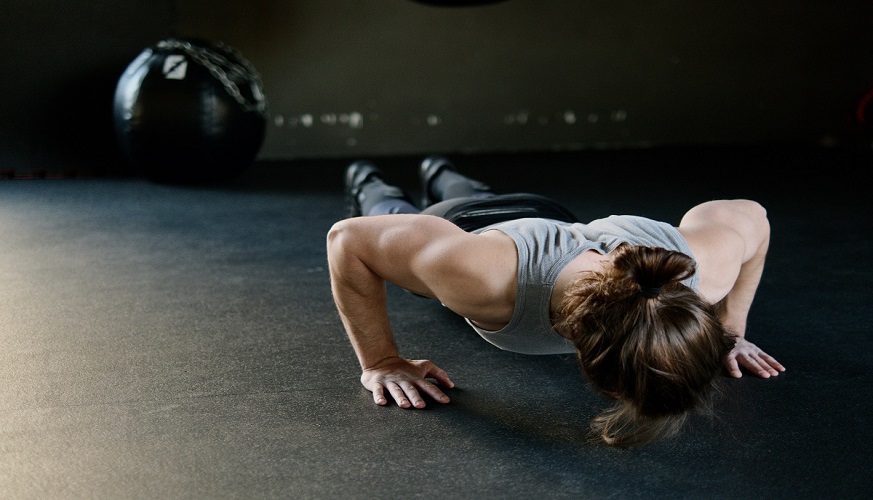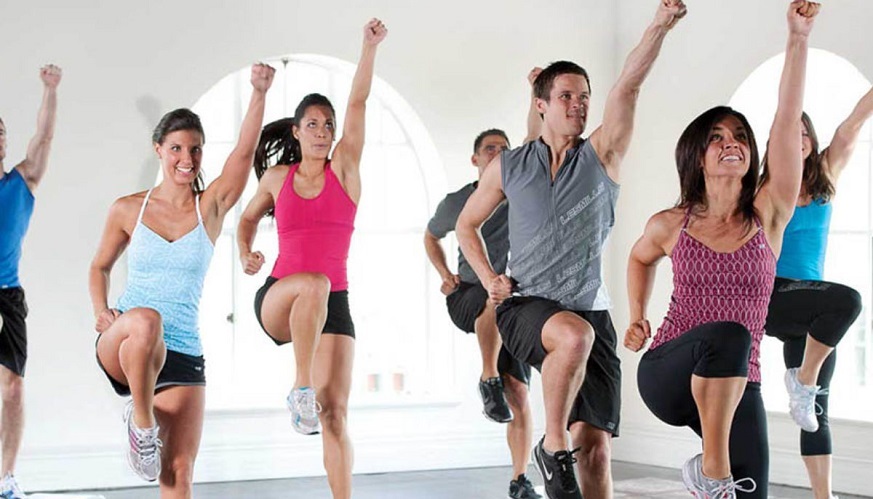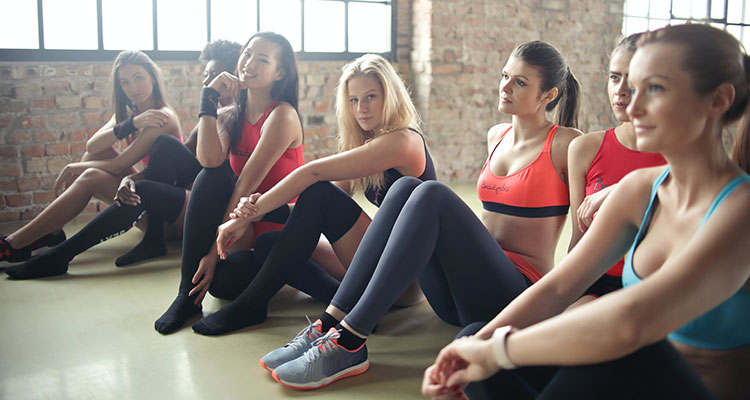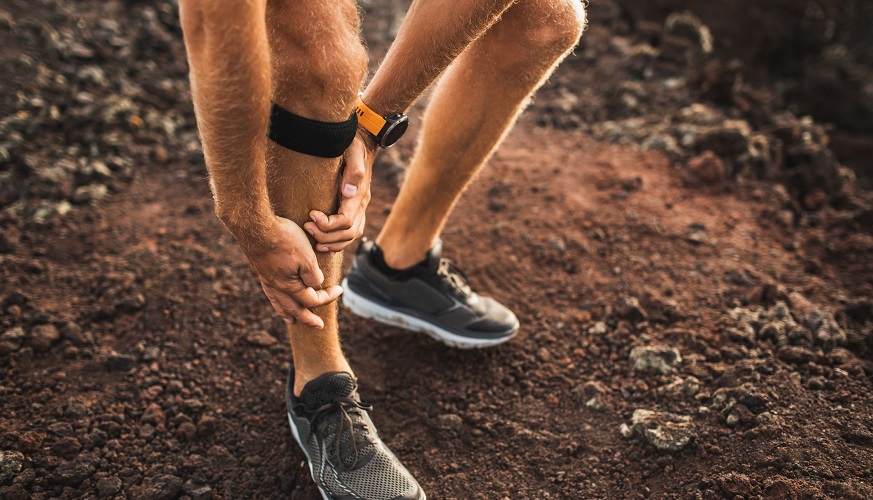There are several reasons why some people are averse to taking up an exercise or fitness program, and one of them is the misconception that it is expensive to do so. Many, who would certainly benefit from doing regular exercise, fail to do so as they believe it requires them to take out a gym membership or splash out hundreds of dollars for fitness and exercise equipment.
Nothing could be further from the truth, and the simple fact is, there is absolutely nothing you need to take part in some exercise other than that you wear suitable clothing and have the commitment to do so. Further, there are multiple exercise routines and workouts that you can do that require zero fitness equipment. To prove it, we are going to outline three excellent workout exercises where no specialist equipment is necessary.
One slight caveat is that there are some fitness workouts you can do at home by utilising items that you are likely to already have. For example, o replicate weights, you could use a pile of books, a heavy laundry basket or a toolbox. You can also use items like chairs to lean on or stairs instead of a fitness step. Beyond these, use your imagination, as there are plenty of others.






